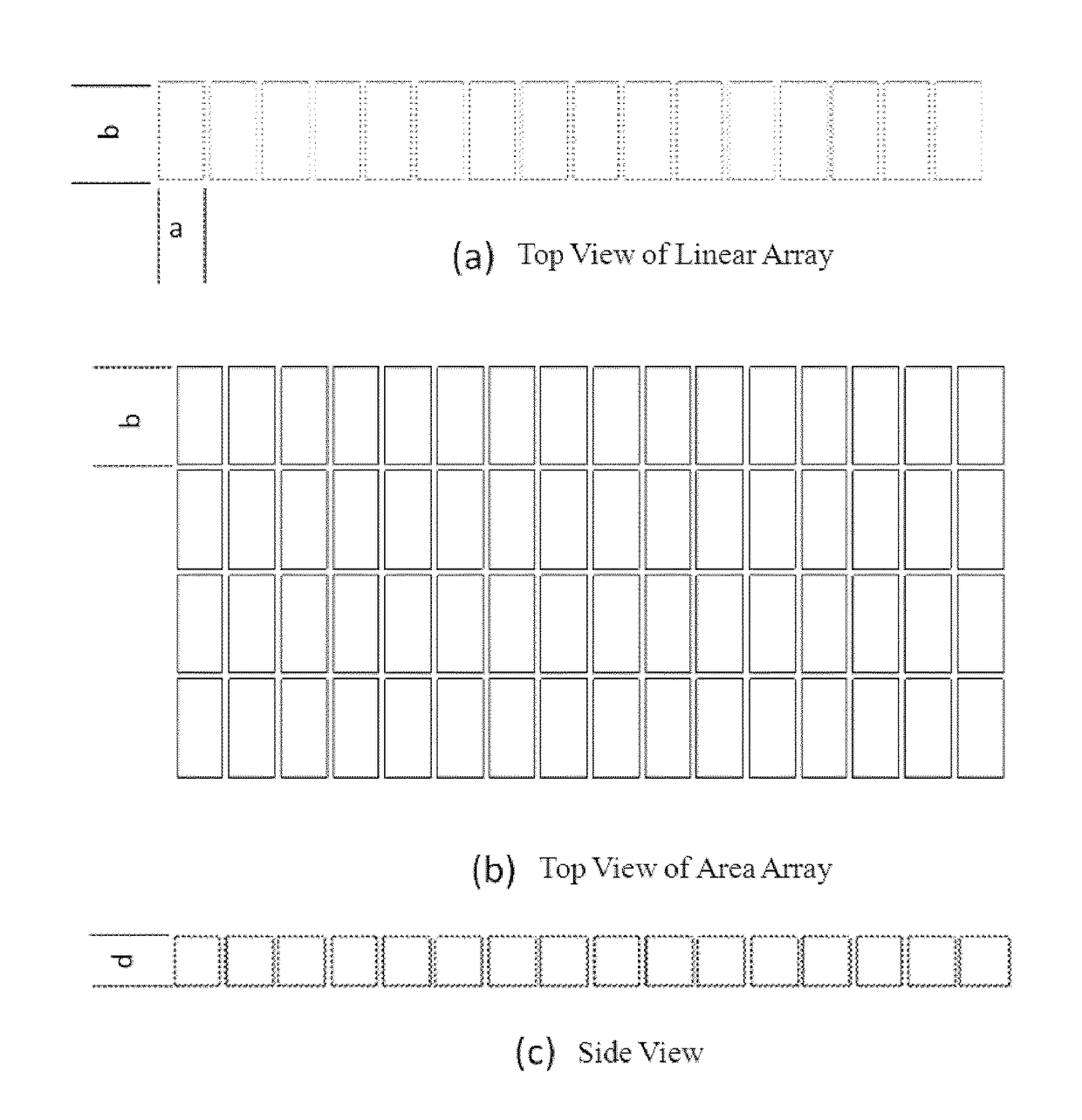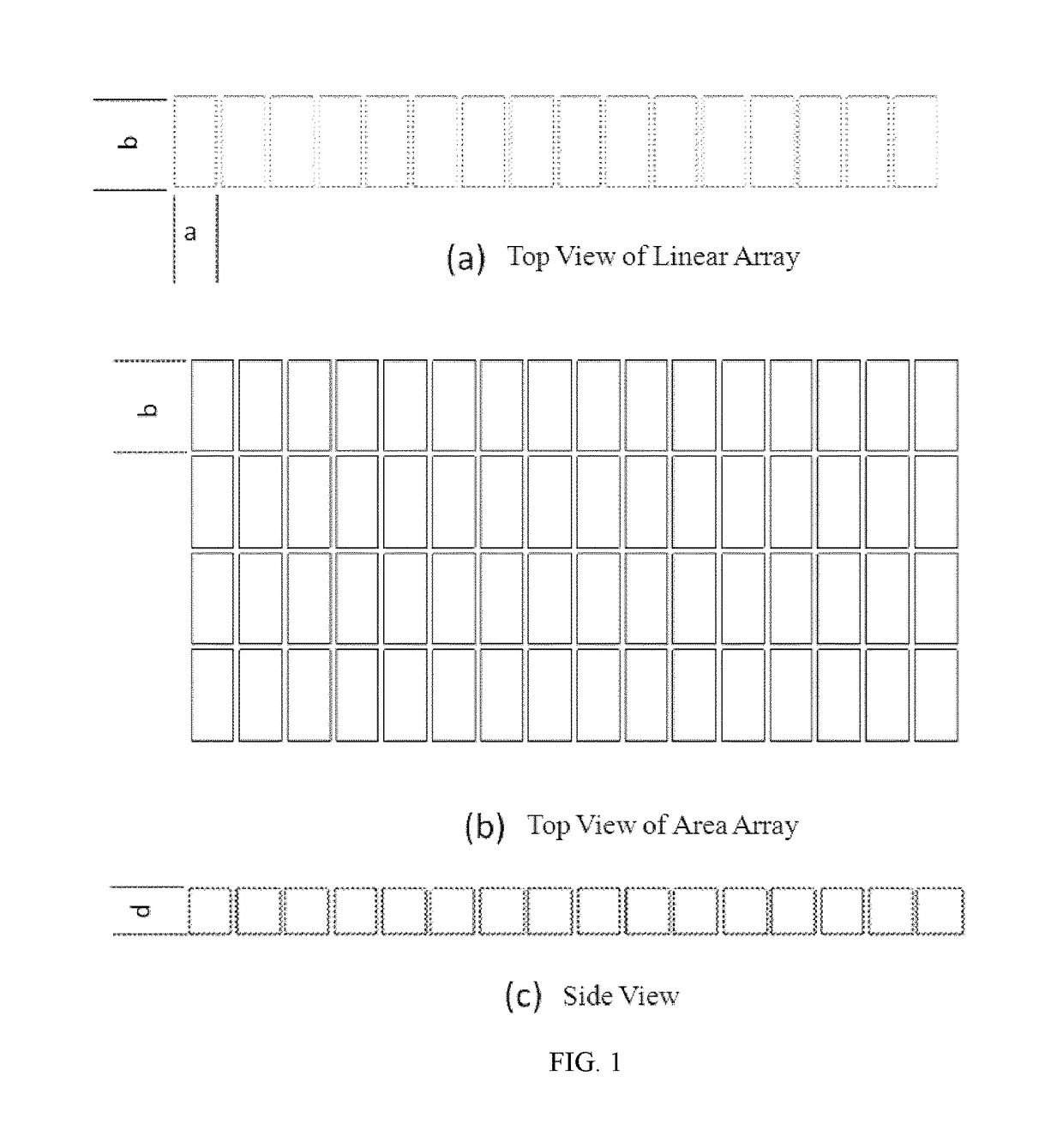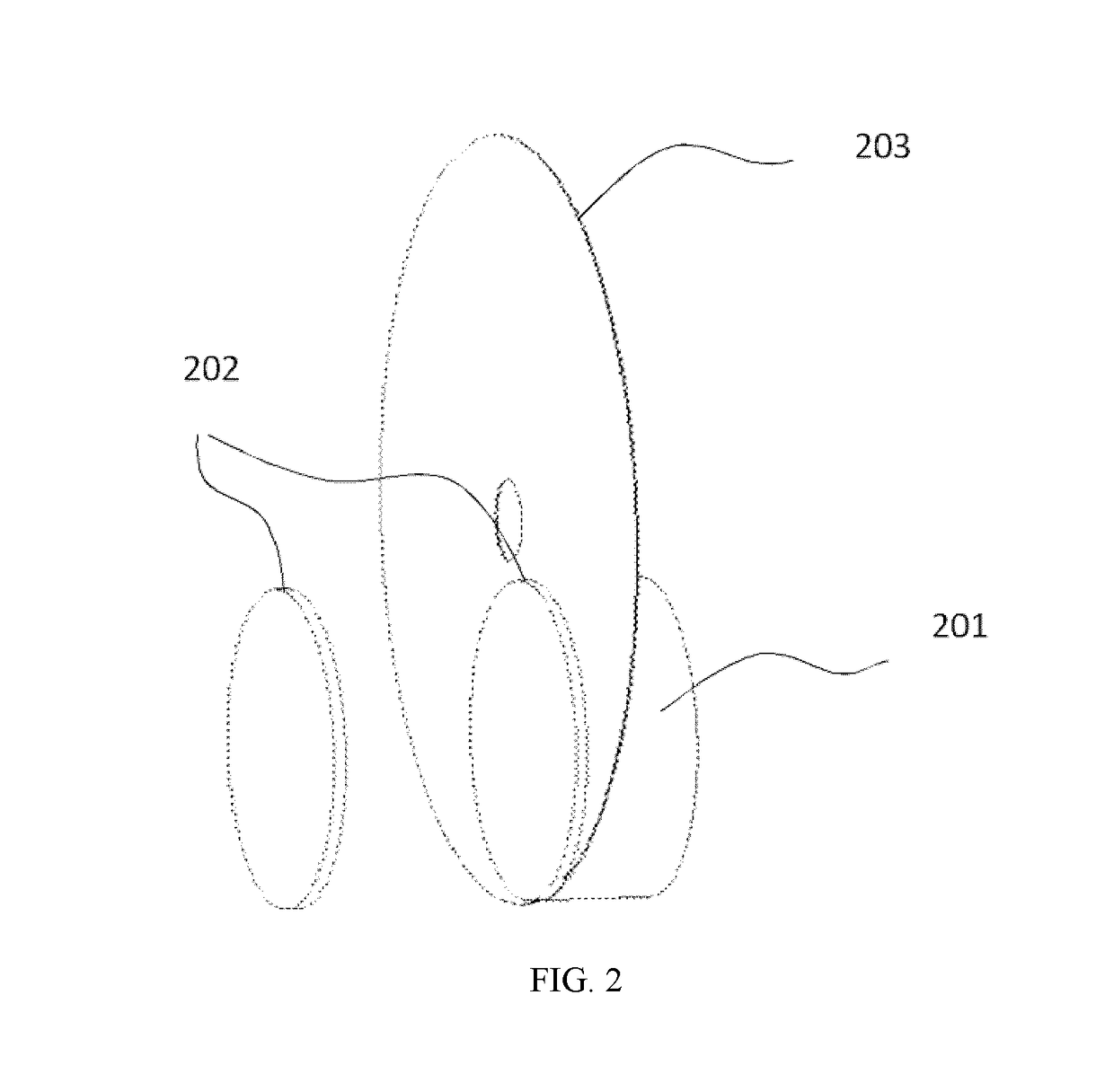Method for processing ceramic scintillator array
a technology of scintillator array and ceramics, which is applied in the field of processing or fabricating scintillator arrays, can solve the problems of scintillation (or luminescent) light, optical crosstalk between pixels, and insufficient thickness, and achieves low light transmittance, high qualified rate of product, and controlled cut quality
- Summary
- Abstract
- Description
- Claims
- Application Information
AI Technical Summary
Benefits of technology
Problems solved by technology
Method used
Image
Examples
Embodiment Construction
[0027]The present invention will be described below in detail with reference to the drawings.
[0028]The present invention employs GOS ceramic scintillators prepared for example by means of a hot-pressing hot-isostatic-pressing two-step sintering process or a spark-plasma hot-isostatic-pressing two-step sintering process. The GOS ceramic scintillator has a density over 99% of its theoretical density and a particle size between 100 μm and 100 μm. When the GOS ceramic scintillator is made with a thickness of 1 mm, its integrated transmittance is 25-50%. However, the present invention is not limited to the GOS ceramic scintillators made by the above processes, but can also employ GOS ceramic scintillators made by other processes (for example, a spark-plasma one-step sintering process and the like). Furthermore, in order to improve efficiency of manufacture by sintering, a thickness of an initial ceramic material block is generally several times a thickness of a scintillator for practical...
PUM
| Property | Measurement | Unit |
|---|---|---|
| light transmittance | aaaaa | aaaaa |
| thickness | aaaaa | aaaaa |
| transmittance | aaaaa | aaaaa |
Abstract
Description
Claims
Application Information
 Login to View More
Login to View More - R&D
- Intellectual Property
- Life Sciences
- Materials
- Tech Scout
- Unparalleled Data Quality
- Higher Quality Content
- 60% Fewer Hallucinations
Browse by: Latest US Patents, China's latest patents, Technical Efficacy Thesaurus, Application Domain, Technology Topic, Popular Technical Reports.
© 2025 PatSnap. All rights reserved.Legal|Privacy policy|Modern Slavery Act Transparency Statement|Sitemap|About US| Contact US: help@patsnap.com



